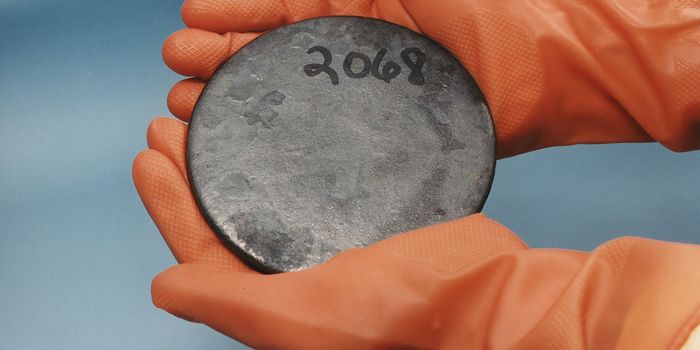Einstein Could've Given The Thumbs-up to This Space Version of Galileo's Classic Experiment
If Einstein is still alive today, he could have been delighted to know that his theory of general relativity (GR) has been proven right again. A European research satellite (the Micro-Satellite à traînée Compensée pour l'Observation du Principe d'Equivalence, a.k.a. MICROSCOPE) has conducted a version of the famous falling bodies experiment designed Galileo Galilei. The precise measurement from this study confirmed the so-called "equivalence principle" of Einstein’s theory.
According to the traditional account (which is heavily debated to these days), Galileo conducted the famous "free fall" experiment from the top of the leaning tower of Pisa, in order to refute the Aristotelian notion, which states that heavier objects fall faster than light ones. He dropped two balls of different weight and observed that both hit the ground at the same time. He concluded that no matter how heavy objects weigh, as long as they are attracted by the same gravity and start their descend at the same speed, they would reach the ground at the same time/speed. This unique property of gravity was one of the motivations for Einstein's general theory of relativity.
The CNES scientists have conducted experiments to verify the universality of free falls on the MICROSCOPE satellite. Instead of balls, the researchers used two hollow cylinders to perform free-falling inside the satellite. Their experiment lasted over 120 orbits of Earth, or eight days worth of time. The rates acceleration of the two cylinders matched so well that they were only a two-trillionths of a percent (that is 2*10^-15) in relative difference.
The MICROSCOPE study results verified the equivalence principle of GR. According to the equivalence principles, an object’s inertial mass, which determines the amount of force needed for acceleration, is equal to its gravitational mass—the characteristic of an object in the gravitational field. Things fall at the same rate in a vacuum, according to the principle, even if they have different masses.
Another objective of this seemingly simple experiment is to measure accelerations with high precision. There have been predictions that the equivalence principle could be violated to some extent under certain circumstance. Understanding if that’s true could hold the key to reconciling general relativity with quantum mechanics, which physicists have been working on for decades.
The findings of the MICROSCOPE experiments were published in Physical Review Letters last December.
Equivalence Principle. Credit: Bozeman Science
Source: bigthink









